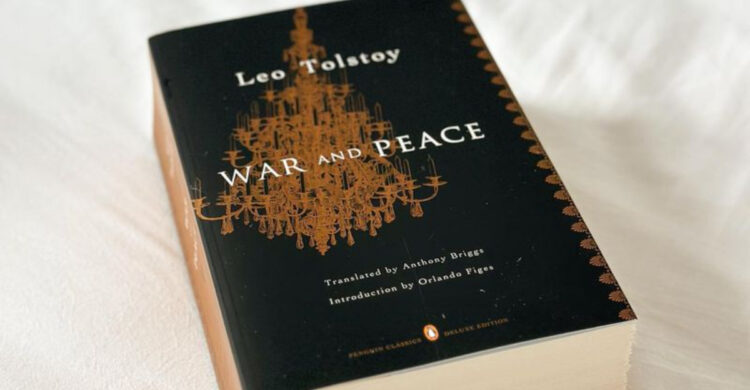
We’ve all been there – nodding along in conversations about literary masterpieces while secretly having abandoned them halfway through. These prestigious books sit on our shelves collecting dust, bookmarks eternally stuck on page 47.
Whether it’s the dense language, intimidating length, or just plain boredom, certain classics have become more status symbols than actual reading material for many of us.
1. War and Peace
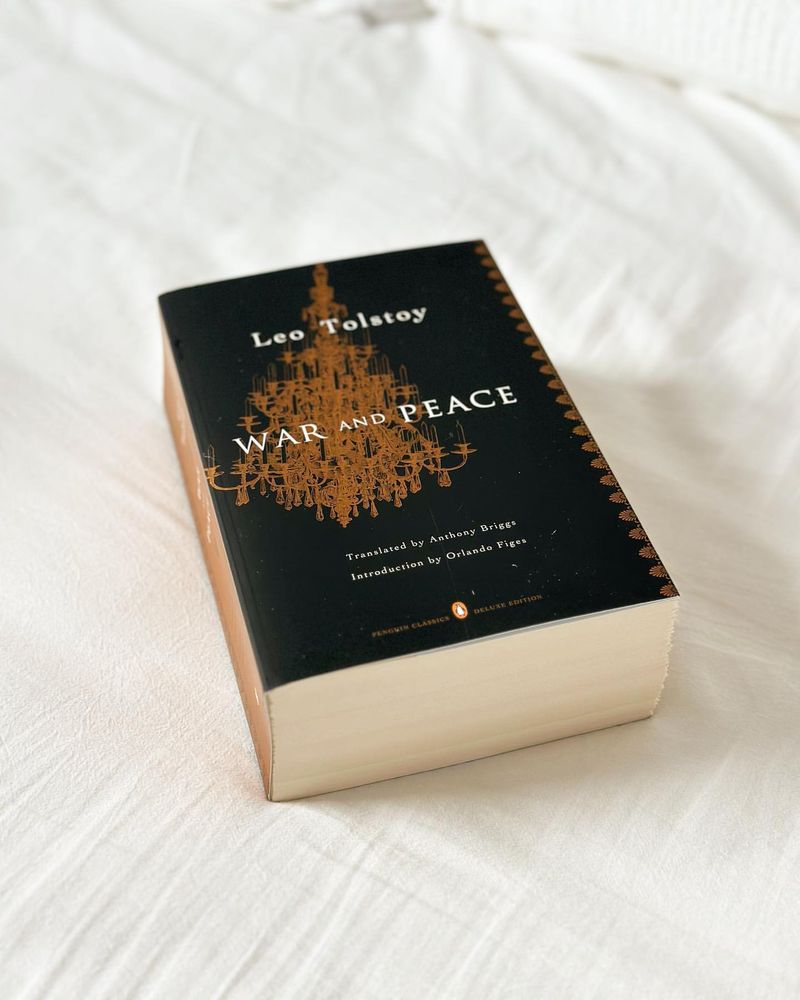
Leo Tolstoy’s historical doorstop weighs in at over 1,200 pages and features more than 500 characters (many with multiple Russian names). Ambitious readers charge into this Napoleonic saga with high hopes, only to retreat faster than the French from Moscow.
The lengthy philosophical essays on historical determinism interrupt the narrative flow. And just when you’re invested in Natasha’s romance, Tolstoy ambushes you with 30 pages of military strategy. Most bookmarks permanently rest somewhere between Pierre’s existential crisis and Prince Andrei’s battlefield epiphany.
2. Moby-Dick
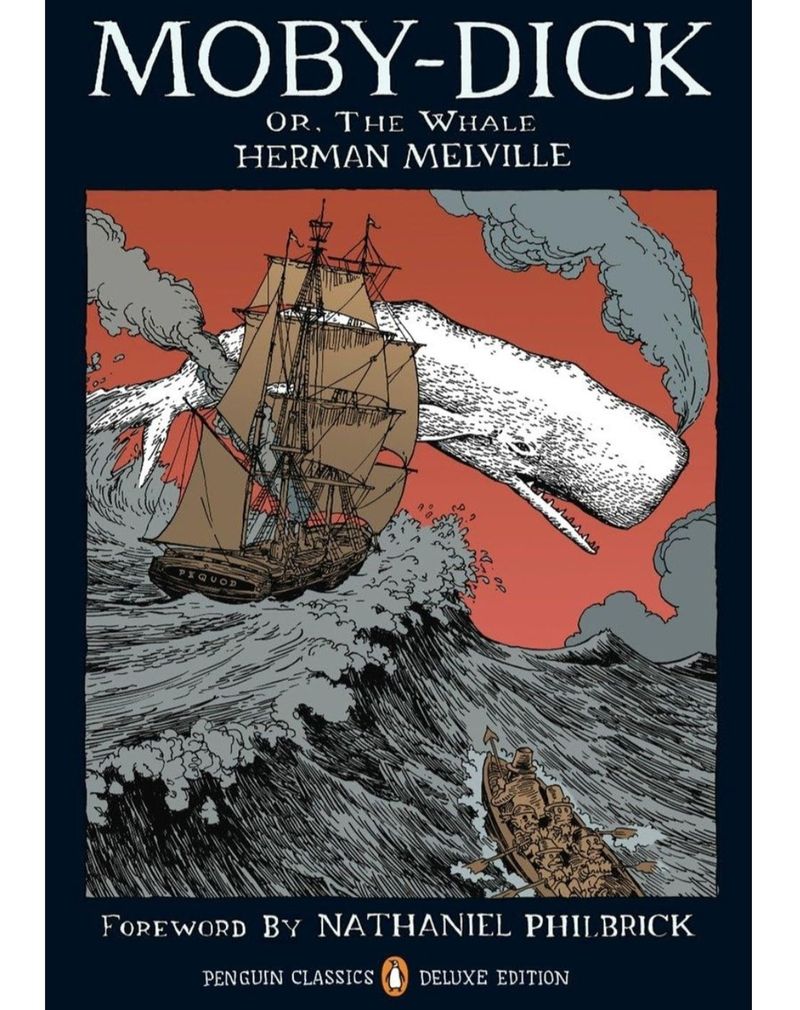
Ahoy, ambitious readers! Herman Melville’s seafaring epic begins with such promise – “Call me Ishmael” hooks us immediately. Then suddenly we’re drowning in 50-page descriptions of whale blubber and nautical equipment.
Many readers abandon ship around Chapter 32, “Cetology,” where Melville catalogs whale species with scientific precision. The novel’s biblical allegories and philosophical musings create waves too powerful for casual readers to navigate.
3. Ulysses
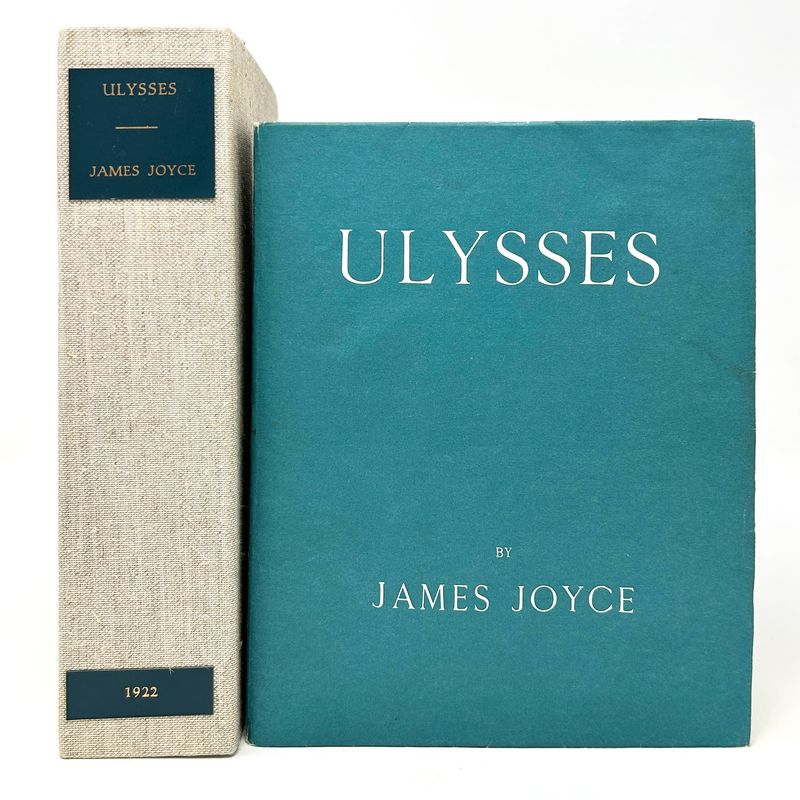
James Joyce’s modernist monument follows Leopold Bloom through Dublin on June 16, 1904. Most readers enthusiastically begin this literary Everest, only to find themselves lost in a labyrinth of stream-of-consciousness, obscure references, and sentences that stretch for pages.
The experimental style shifts dramatically between chapters, from newspaper headlines to musical fugues. Countless English majors have claimed mastery while secretly relying on SparkNotes summaries to discuss it at parties.
4. The Catcher in the Rye
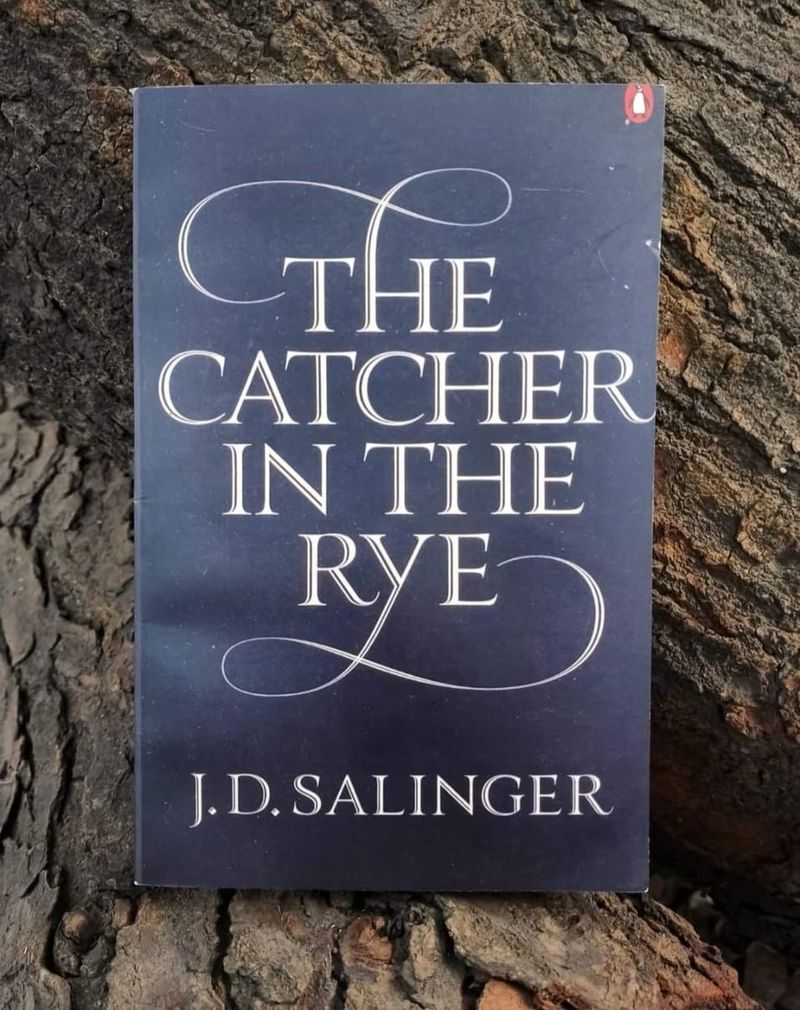
“If you really want to hear about it…” begins Holden Caulfield’s famous narrative. Turns out, many readers don’t! Despite being relatively short, Salinger’s novel about teenage alienation has become a graveyard of good intentions.
Holden’s constant complaints about “phonies” and his relentless cynicism eventually wear down even patient readers. The book’s controversial status makes it a cultural touchstone many claim to have finished. In reality, Holden’s voice proves too grating for many to endure beyond the first few chapters.
5. Anna Karenina
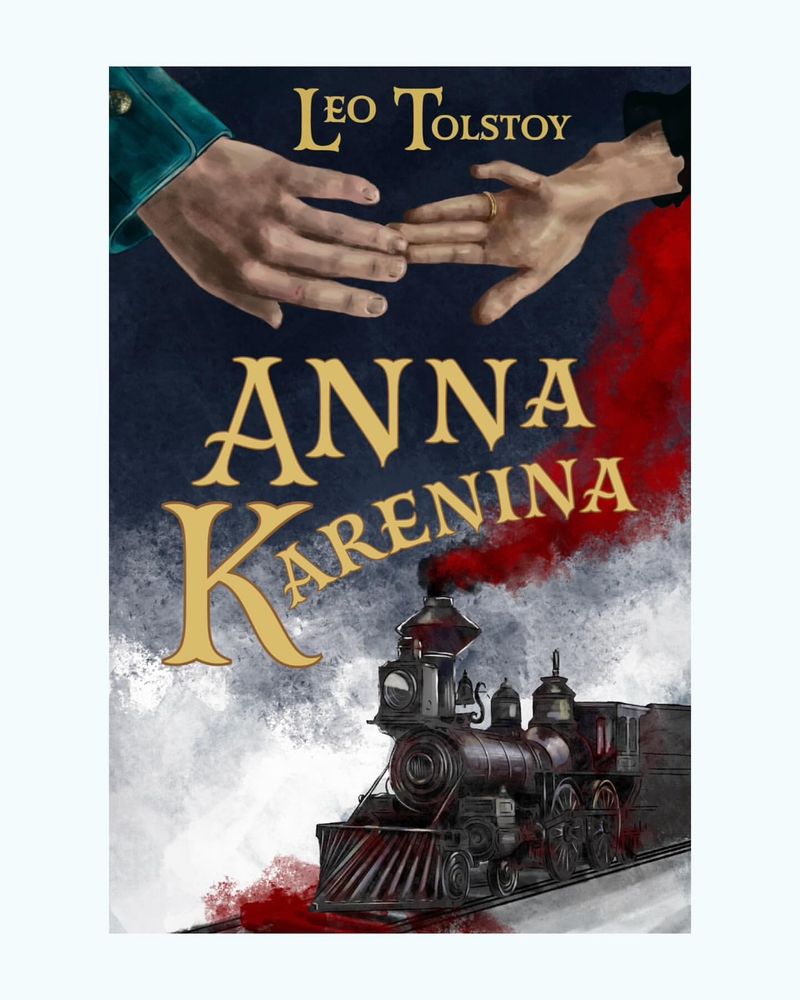
Tolstoy strikes again with this tale of passionate affairs and Russian society. The famous opening line about unhappy families hooks readers instantly. Then comes the agricultural management sections featuring Levin’s detailed farming techniques.
While Anna’s tragic love story captivates, the novel alternates between her drama and lengthy discussions about Russian politics and farming reforms. Many readers secretly skip ahead to Anna’s sections, eventually abandoning the book entirely around page 400. The train scene remains famous even to those who never reached it.
6. Infinite Jest
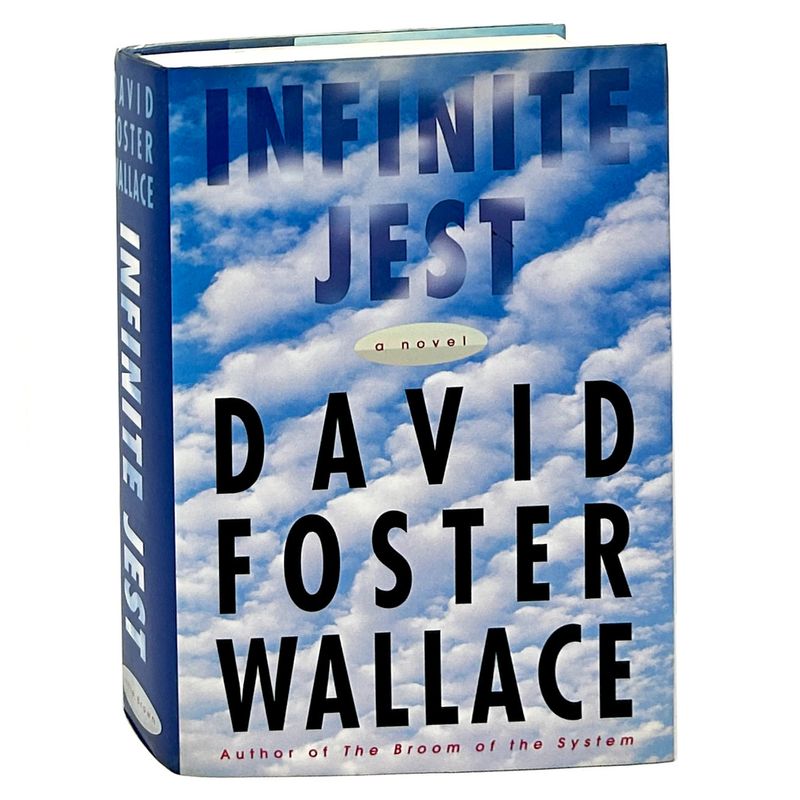
David Foster Wallace’s 1,079-page behemoth comes with 388 endnotes, some containing footnotes of their own! This postmodern labyrinth about addiction, entertainment, and tennis has become the ultimate literary status symbol.
Most readers charge in confidently with highlighters and Post-it notes, only to surrender around page 200. The novel’s non-linear timeline and encyclopedic digressions create a perfect storm of reading difficulty. Yet bookstore employees everywhere report customers proudly purchasing it, destined to display it prominently on shelves—forever unfinished.
7. The Brothers Karamazov
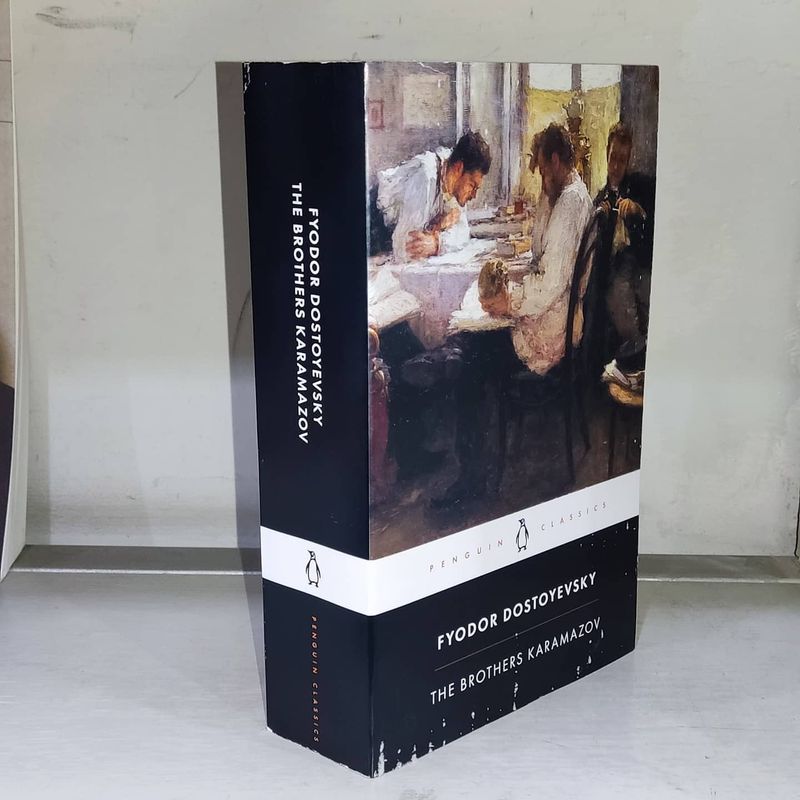
Dostoevsky’s philosophical murder mystery centers on three brothers and their complicated relationship with their father. Readers eagerly begin this psychological exploration, then hit “The Grand Inquisitor” chapter—a theological debate that stops momentum cold.
The novel brilliantly examines faith, doubt, and morality through its characters’ struggles. However, the dense philosophical dialogues and Russian naming conventions create a perfect storm of reader fatigue. Many abandon ship during Ivan’s hallucination sequences, missing the murder trial’s resolution entirely.
8. Gravity’s Rainbow
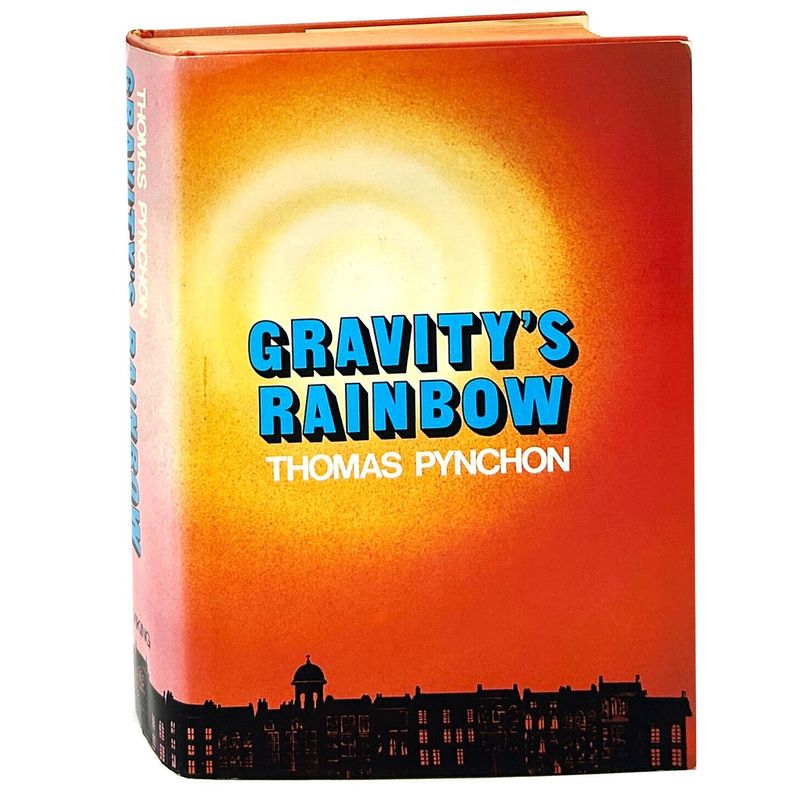
Thomas Pynchon’s WWII novel follows a rocket’s arc across Europe while defying conventional narrative structure. The first sentence alone contains the phrase “screaming across the sky” – an apt description of readers’ comprehension as they tackle this labyrinthine text.
Featuring over 400 characters and countless bizarre scenarios (including a sentient lightbulb), the novel’s paranoid conspiracies and scientific jargon create an impenetrable fog. Many readers surrender during an infamous scene involving coprophilia. The book has won prestigious awards that even the judges admitted they couldn’t finish reading.
9. Les Misérables
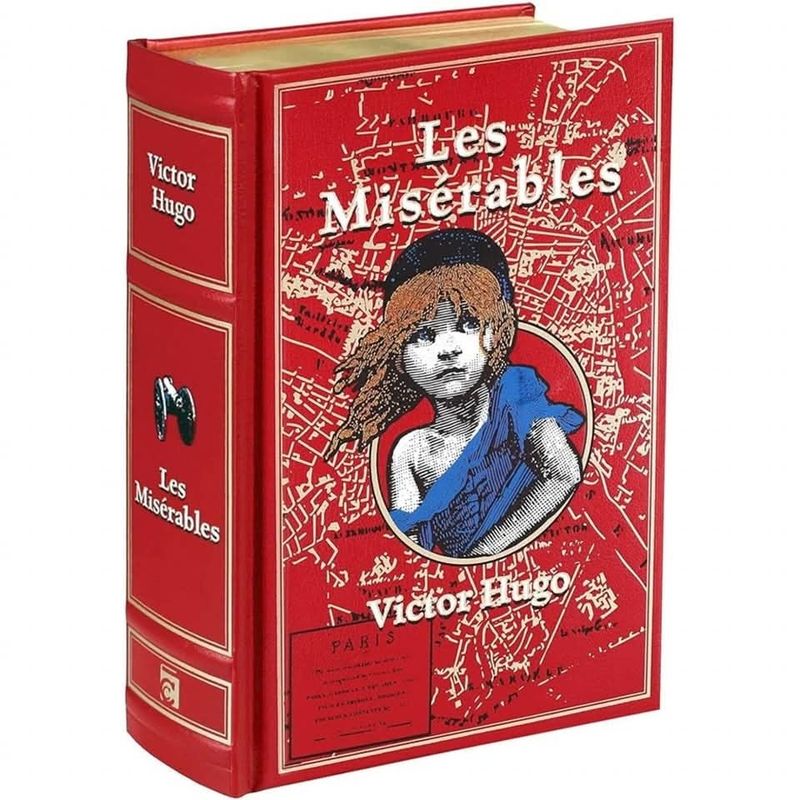
Victor Hugo’s compassionate tale of justice and redemption spans decades of French history. Most readers know Jean Valjean and Inspector Javert from the musical, but few survive Hugo’s 50-page digressions on Parisian sewers or Napoleonic battle strategies.
The novel’s core story remains powerful and moving. However, Hugo’s tendency to interrupt the narrative with historical lectures tests even dedicated readers’ patience. Many quietly set it aside during the Waterloo section, content to watch the musical instead while claiming familiarity with the source material.
10. Lolita
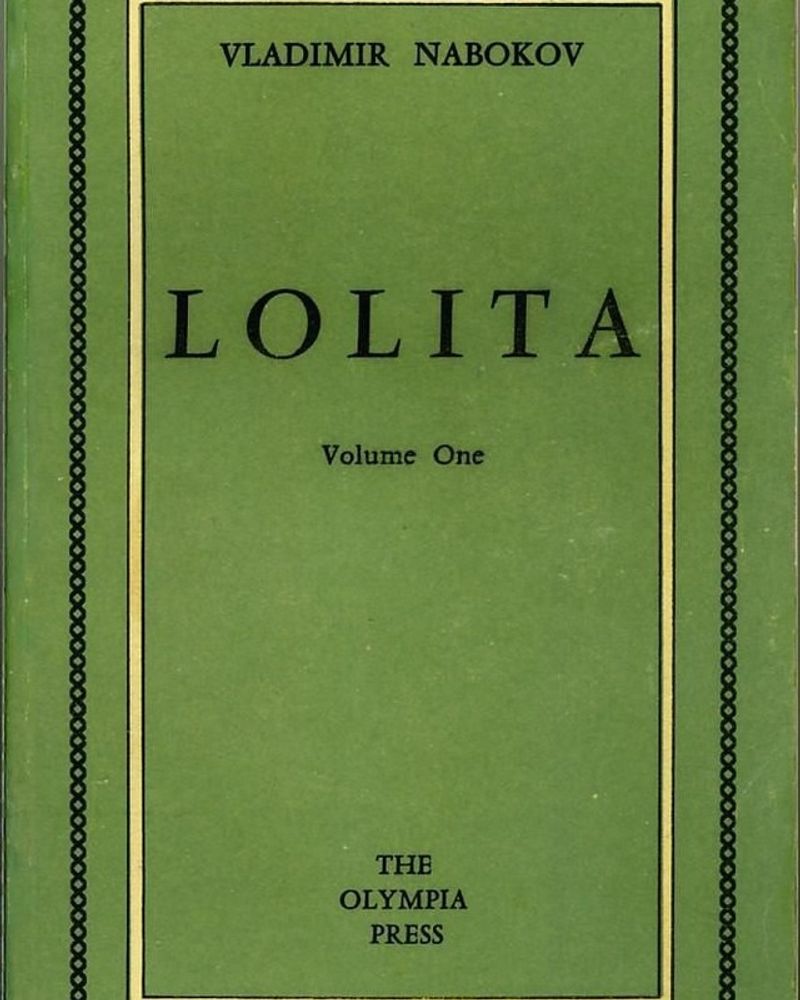
Nabokov’s linguistic brilliance creates a moral quandary for readers. The novel’s opening lines dazzle with poetic virtuosity, drawing readers into Humbert Humbert’s disturbing narrative about his obsession with a 12-year-old girl.
Many begin reading for the celebrated prose but abandon it when the subject matter becomes too uncomfortable. The narrator’s manipulative perspective makes the experience even more challenging. Readers often claim appreciation for its artistic merit while secretly having put it down after the first few chapters, unwilling to spend more time in Humbert’s twisted mind.
11. The Sound and the Fury
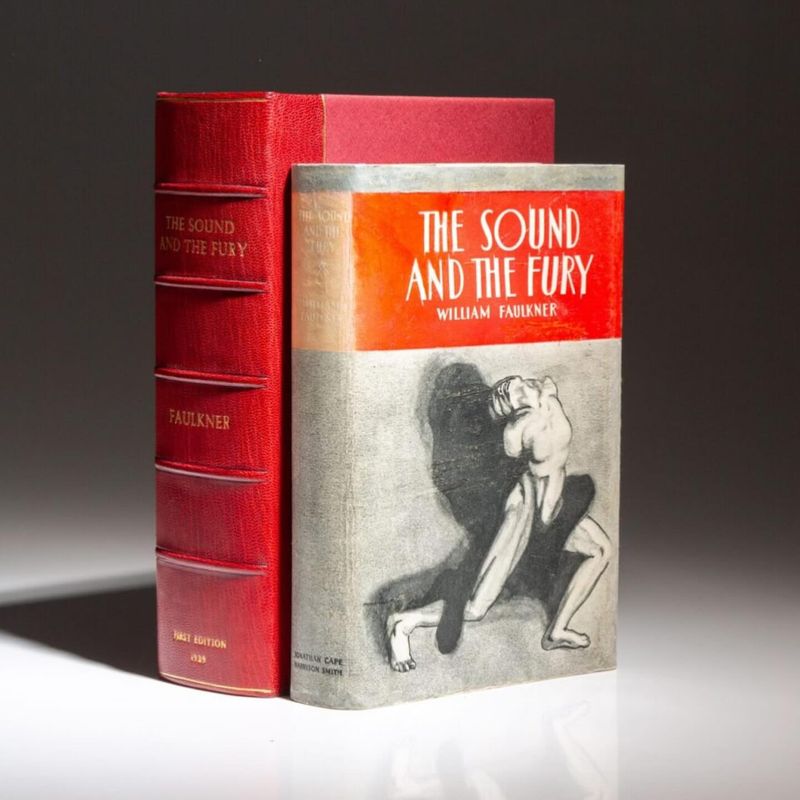
William Faulkner throws readers into the deep end immediately with a first section narrated by Benjy, a man with cognitive disabilities. The stream-of-consciousness narration, unmarked time shifts, and non-linear storytelling create a literary puzzle many can’t solve.
The novel chronicles the Compson family’s decline through four distinct perspectives. Most readers abandon ship during Benjy’s or Quentin’s sections, bewildered by the shifting timeframes and lack of traditional narrative signposts. Literature professors worldwide know that when students claim to have read this classic, they’re usually bluffing.
12. The Fountainhead
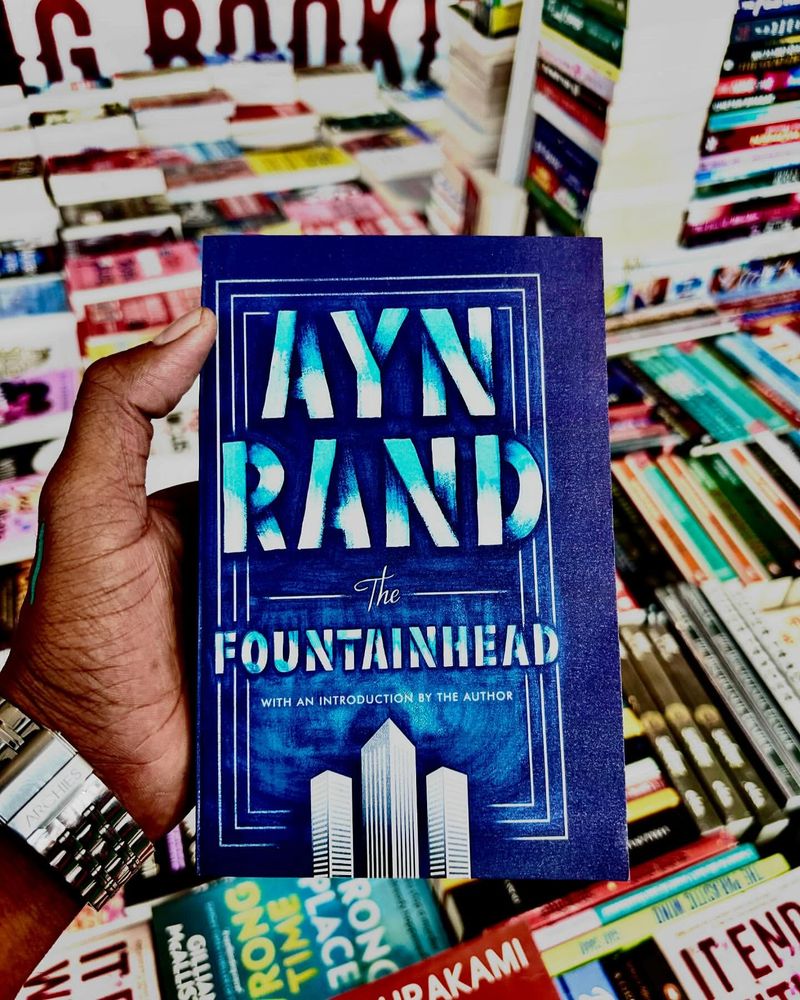
Ayn Rand’s novel about individualist architect Howard Roark begins promisingly enough. Then come the 8-page monologues about objectivist philosophy and the virtues of selfishness that stop the narrative cold.
The controversial ideas and Rand’s distinctive writing style polarize readers immediately. Many start with genuine curiosity about this influential work, only to abandon it during one of the protagonist’s lengthy speeches. The book’s 700+ pages and didactic tone create the perfect conditions for quiet abandonment.

Comments
Loading…